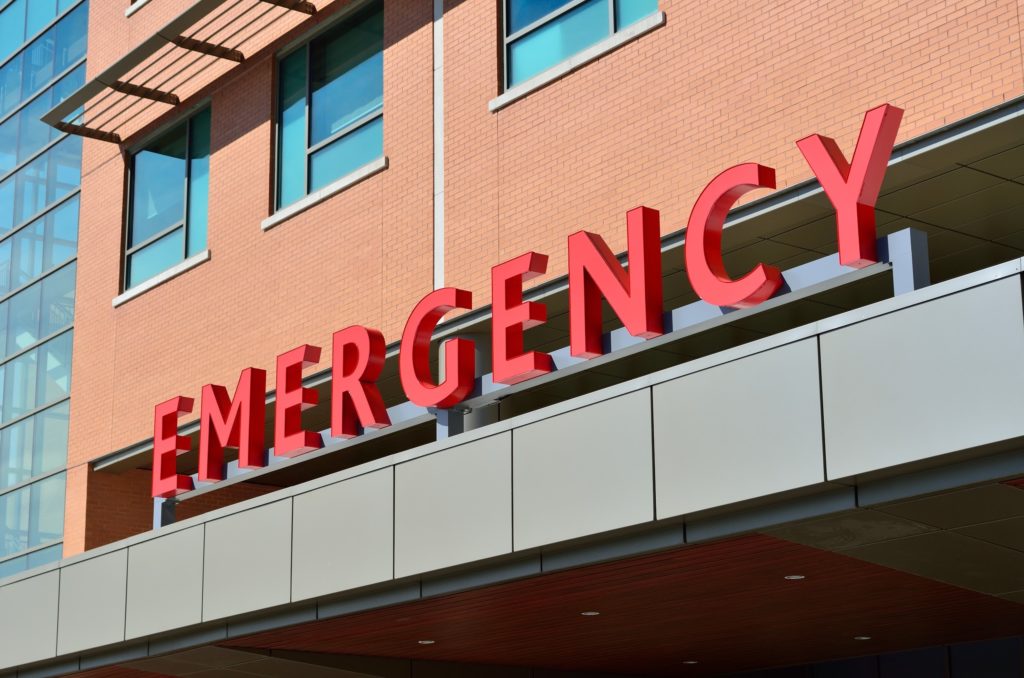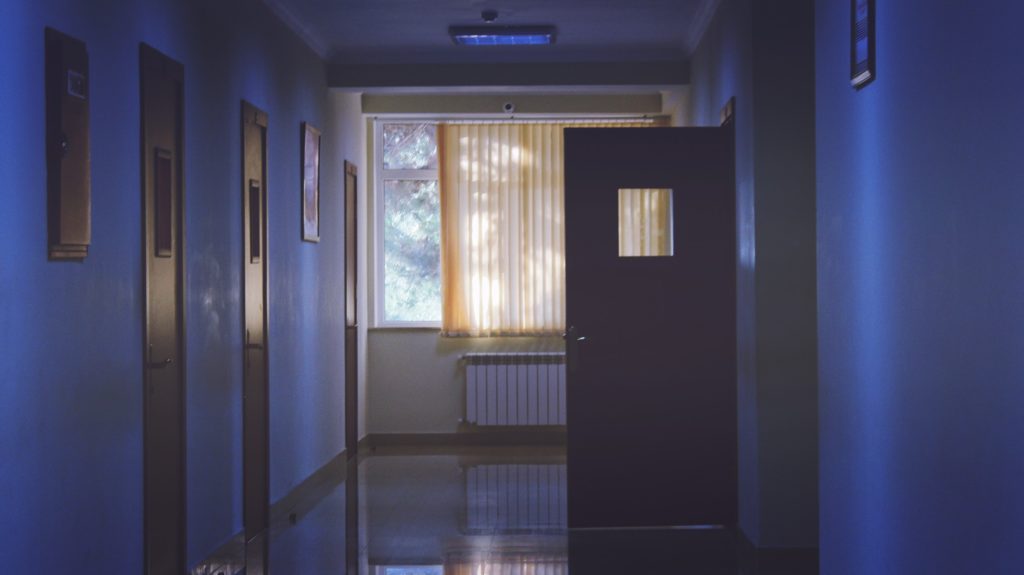More than anywhere else, people should expect to feel safe in a hospital. After all, these are the locations where we go when we are at our sickest, weakest and most vulnerable. But recent reports of infections caused by mold in hospitals have caused many people to take notice and worry about the safety of these locations.
Several of these cases in Pittsburgh have been particularly alarming. Since 2014, as many as five people have died as a result of infections caused by mold in two University of Pittsburgh Medical Center hospitals. An unsettling report detailing the extent of these mold-related fatalities was released to the public earlier this year and has been the cause of concern and anxiety for anyone with a loved one in the hospital.

Mold Growth in Hospitals
Mold is a very small type of fungus that thrives on moisture. It is a collection of tiny organisms that reproduces by creating even tinier spores that travel through the air, seeking a damp landing spot where more mold can then grow. This serves an important purpose in the natural world by breaking down decaying organic substances.
Breathing in a small amount of mold spores is usually not dangerous for anyone who is not allergic to it, but it can be extremely harmful for individuals with weakened immune systems. Since most people inside a hospital are suffering from some form of illness, mold growth in a hospital environment can be dangerous and potentially fatal.
In the cases in Pittsburgh, the deceased were recovering from surgery when they were exposed to mold in their bedsheets. The linens had been improperly maintained, and the mold that grew eventually led to the infection and death of the patients. While many hospitals are ideal examples of facility hygiene, mold can grow in any area where there is moisture, and it has also been known to grow within walls and ventilation systems, especially in older wings of the buildings.
Mold Remediation and Removal
For the most part, hospitals are familiar with processes for the quarantine and maintenance of infectious outbreaks, but hospital mold remediation takes specific professionals. Due to the nature of these situations, even certified mold professionals will need to take special care in instances of healthcare mold remediation.
The first steps in mold removal are generally to locate the source of the moisture, document the extent of the contamination and develop a remediation plan. In a hospital setting, the removal is extremely time-sensitive, and the area must first be evacuated as soon as the mold is located. Mold is potentially hazardous to anyone, not just the sick or allergic, so doctors, nurses and other hospital workers must all clear out as well as the patients.

Once the area is clear, it must be completely closed off and quarantined for the safety of everyone in the hospital, and the source of the moisture must be located and repaired. All wet and moldy materials must be safely removed according to EPA standards, and all mold must be destroyed. This involves specialized chemicals, equipment and cleaners, and it can take teams of professionals several days, depending on the extent of the growth.
Finalizing Successful Remediation
Even after the mold removal is complete, a certified industrial hygienist (CIH) must be brought in to ensure that the remediation was successful. Only after the CIH, remediation team, hospital administrators and government officials are satisfied can the hospital return to normal business.
While this can be a difficult, expensive and time-consuming task, every step is necessary to ensure that the problem has been removed. If the mold has been removed, and everyone is safe, the hospital can again begin its work of saving lives and taking care of us at our most vulnerable.